The first item is "soft robot" - flexible robot technology. This technology refers to the development, design and manufacture of robots using flexible materials.
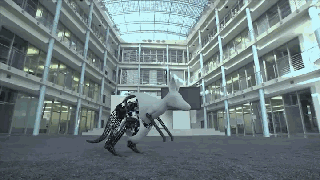
Flexible materials have the characteristics of being able to arbitrarily change their shape in a wide range, and have broad application prospects in the field of pipeline fault inspection, medical diagnosis and detection detection.
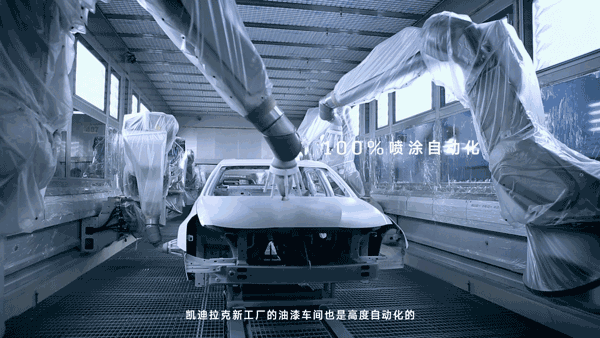
The picture shows the flexible robots currently used in the automotive industry.
The second item is "robot deformable" - liquid metal control technology. The technology refers to a technology for accurately controlling the appearance characteristics and motion state of liquid metal materials by controlling the external environment of the electromagnetic field, and can be used in the fields of intelligent manufacturing and post-disaster rescue.
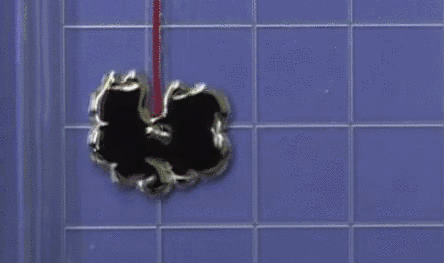
Liquid metal is an amorphous, flowable liquid metal. The current technical focus is on the casting of liquid metal. Liquid robots are just a good vision.
The third item is "Biosignal can also control the robot" - the myoelectric control technology. This technology utilizes the human upper limb surface EMG signal to control the robot arm, and has a wide application in the fields of remote control and medical rehabilitation.
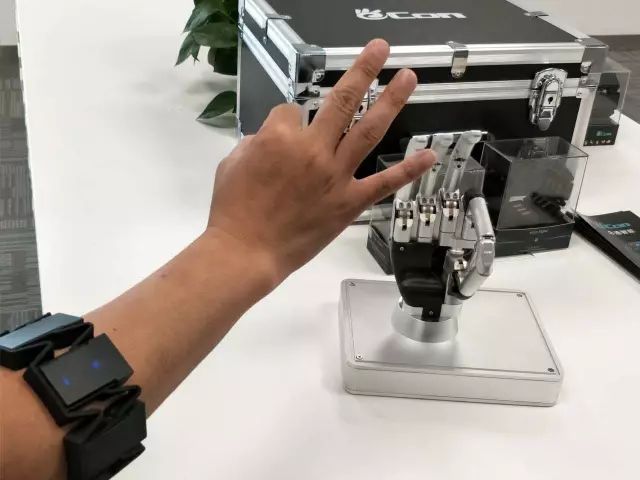
The fourth item is "Robots can also have skin" - sensitive tactile technology. The technology refers to the use of new tactile sensors based on electrical and micro-tactile technology, which makes the robot more sensitive to the shape, texture and hardness of the object, and is finally qualified for a series of complex tasks such as medical treatment and exploration.
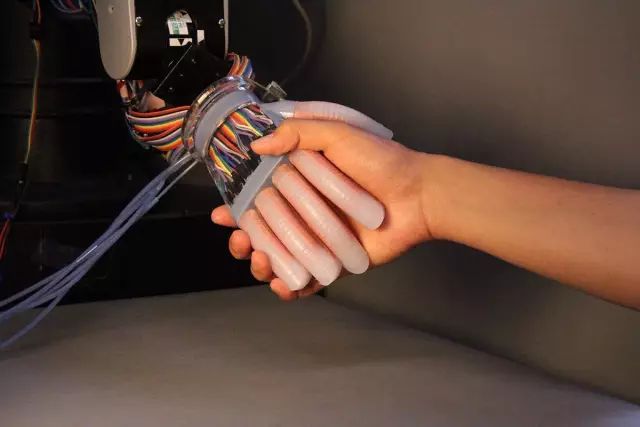
The fifth item is "robot "active" to talk to you" - conversational intelligent interaction technology. Robots developed with this technology can not only understand the user's problems and give accurate answers, but also actively guide the completion of the session in the case of incomplete information.

The new generation of session interaction technology will get rid of Siri's question-and-answer mode and even initiate conversations.
The sixth item is "Robots can have psychological activities" - emotion recognition technology. The technology can effectively recognize human emotions and even psychological activities, and enable robots to acquire human-like observation, understanding, and reaction capabilities, and can be applied to fields such as robotic auxiliary medical rehabilitation and criminal investigation.

The recognition and interpretation of human facial expressions is a derivative technology that is associated with face recognition.
The seventh item is "manipulating the machine with ideas" - brain-computer interface technology. The technology refers to the collection, identification and transformation of electrical activity and characteristic signals of the nervous system, so that the instructions issued by the human brain can be directly transmitted to the designated machine terminal, and can be applied to the rehabilitation, disaster relief and entertainment experience.
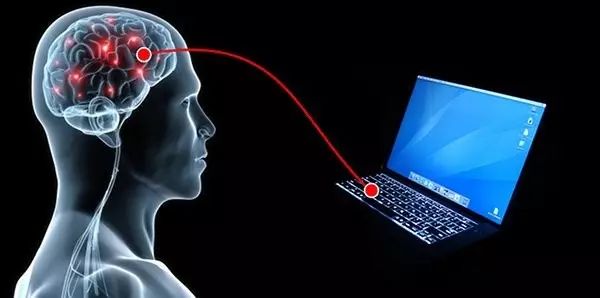
The eighth item is "Robots lead the way for you" - automatic driving technology. Automated driving technology provides automated, intelligent loading and transportation for humans and extends to road condition testing, defense and military security.
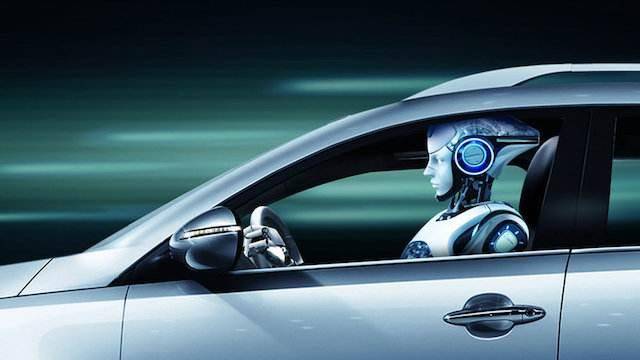
The ninth item is "recreating a virtual scene" - virtual reality robot technology. The technology can realize the virtual remote operation of the robot by the operator, and has application value in the fields of maintenance detection, entertainment experience, on-site rescue, military reconnaissance and the like.
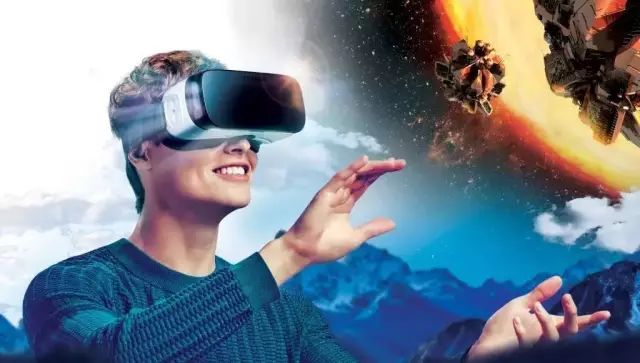
The tenth item is "connectable between robots" - robot cloud service technology. The technology refers to the robot itself as an execution terminal, through the cloud for storage and calculation, instant response to requirements and implementation functions, effective data intercommunication and knowledge sharing, providing users with unlimited expansion, on-demand use of new robot service.
shenzhen ns-idae technology co.,ltd , https://www.best-charger.com